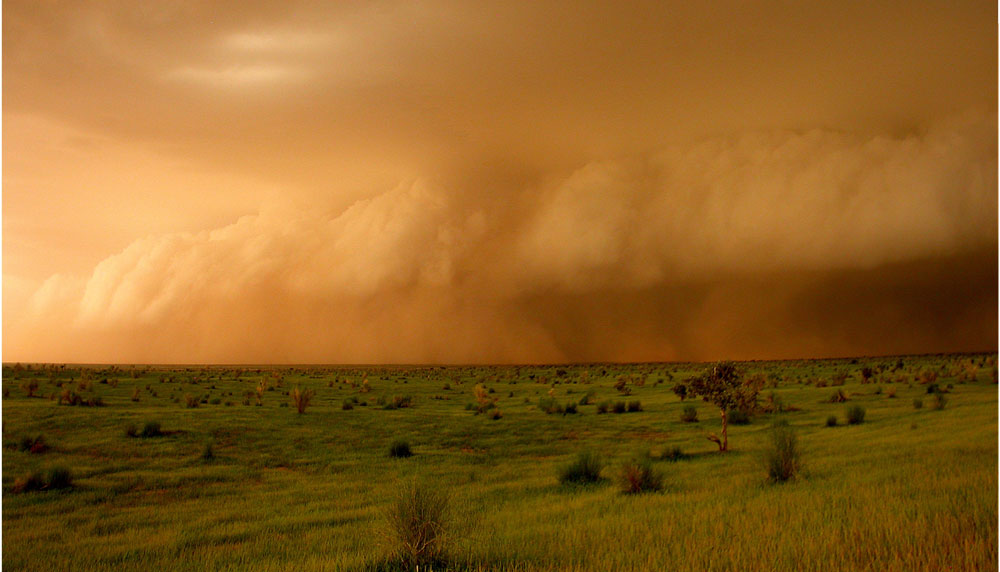
A Wet Surprise: Drier Soils May Spur Rain

Drier soils are more likely to trigger storms than nearby wetter soils, a surprising new study finds.
These findings suggest global weather and climate models — which assume that dry soils mean dry weather — might currently be simulating an excessive number of droughts, the scientists behind the study said.
An international research team analyzed imagery from weather satellites that track storm clouds as they develop across the globe. When they matched up where new storms appeared on every continent save Antarctica alongside images of how wet the ground was, they discovered, to their surprise, that afternoon storms are more likely to rain down on parched soils.
Related: What is a squall?
"When we started this research we expected to find many areas of the world where afternoon rain was more likely over wetter soils, essentially because of the climate there," said researcher Chris Taylor, a meteorologist at the Natural Environment Research Council's Center for Ecology and Hydrology in England. "There have been a number of theoretical and atmospheric modeling studies along those lines, but an absence of observations thus far."
Climate effects
The researchers had been working in western Africa over the past decade and found that rain clouds there tended to brew in places where it had not rained in the previous few days. "We were surprised to see a similar pattern occurring in other regions of the world such as the U.S. and continental Europe," Taylor said in a statement. [The World's Weirdest Weather]
Sign up for the Live Science daily newsletter now
Get the world’s most fascinating discoveries delivered straight to your inbox.
The findings, though, only hold true in certain climates and places.
The researchers emphasize "it's important to recognize that we are comparing storm statistics between nearby places with the same climate," Taylor told OurAmazingPlanet. "We are not saying that rain is more likely in the Sahara than the Amazon Basin."
Moreover, "I should add that we can only see this signal when regions get quite dry, ruling out places like the United Kingdom," Taylor added.
To understand these findings, Taylor noted that rain clouds need both heat and moisture to build up during the afternoon. "On sunny days the land heats the air, creating thermals which reach several kilometers up into the atmosphere," he explained. "If the soil is dry, the thermals are stronger, and our new research shows that this makes rain more likely."
Model impacts
Current models of future climate change broadly suggest that dry areas will get drier and wet areas will get wetter. Although this may be true at large scales, "our results focus on processes at a smaller spatial scale," Taylor said. "Large-scale atmospheric conditions — for example, a high-pressure system sitting over a continent and suppressing rain — are an important control on whether it will rain or not. What our results suggest is that when the atmospheric situation is marginal — will it rain or won't it? — the wetness of the soil can become important."
These findings suggest that if many global climate and weather models "erroneously tend to switch off the rain as the soil dries, they will tend to make droughts more frequent and stronger than reality," Taylor said. "The big challenge that our work raises is how to improve the depiction of rain in the climate models.
"As computing power increases, weather and climate modeling centers are increasing the spatial detail in their models. We think this is a crucial step, particularly when the models can start to pick out individual storm clouds," he added. "We are still a few years away from that level of accuracy in a global model, however."
The scientists detailed their findings online today (Sept. 12) in the journal Nature.
This story was provided by OurAmazingPlanet, a sister site to LiveScience.











